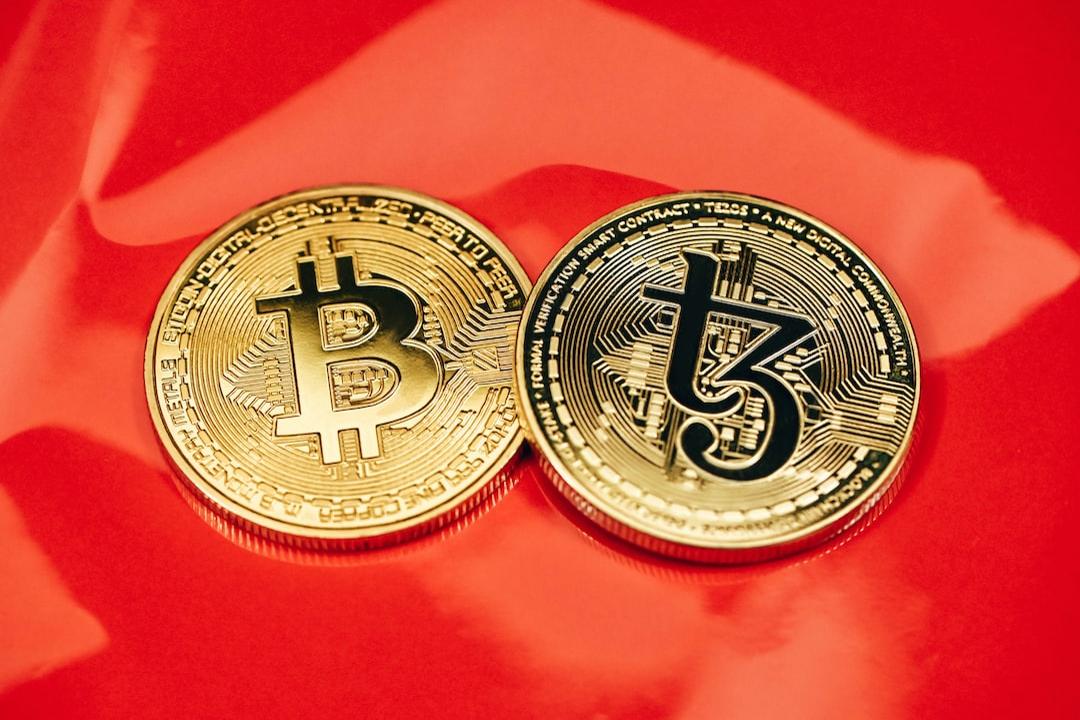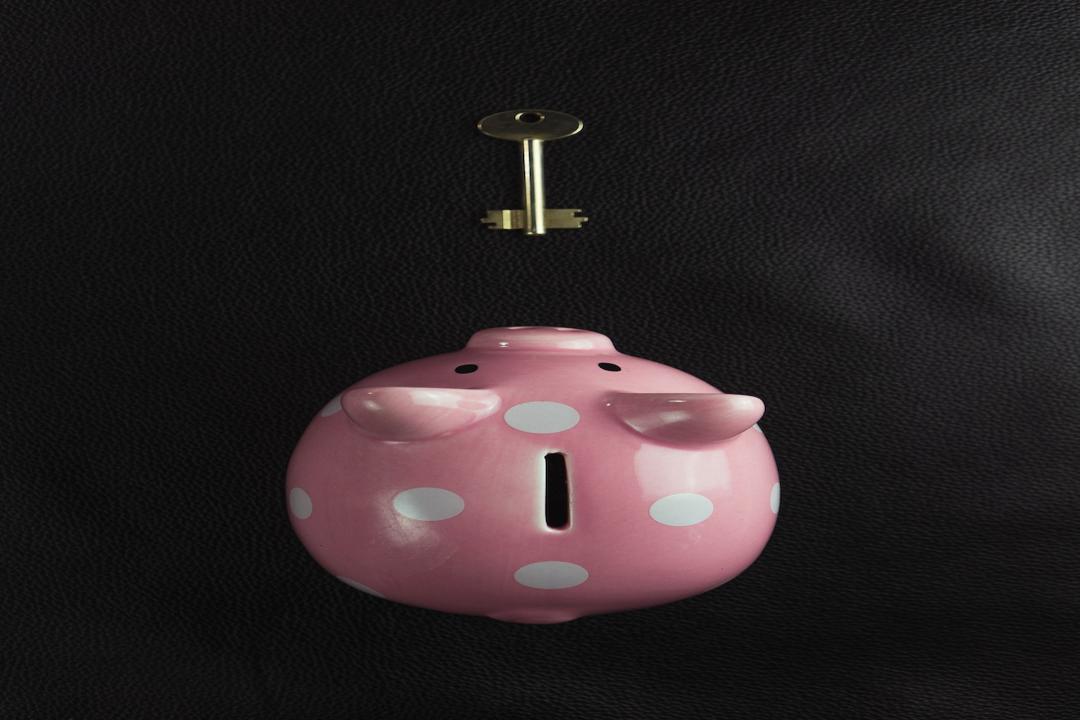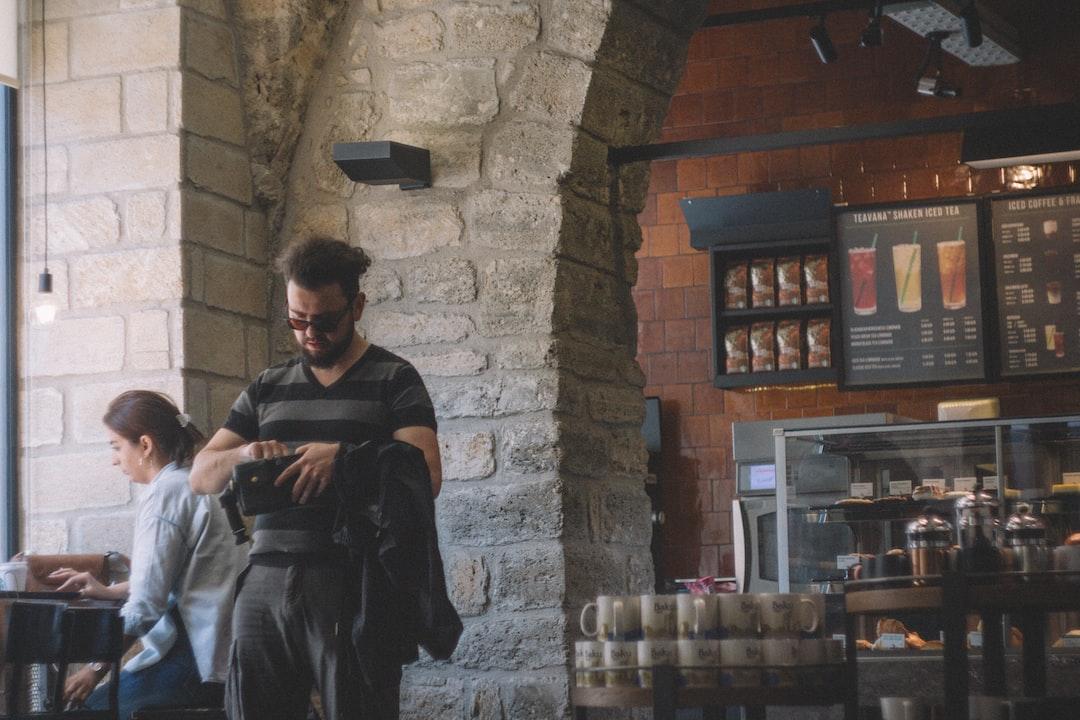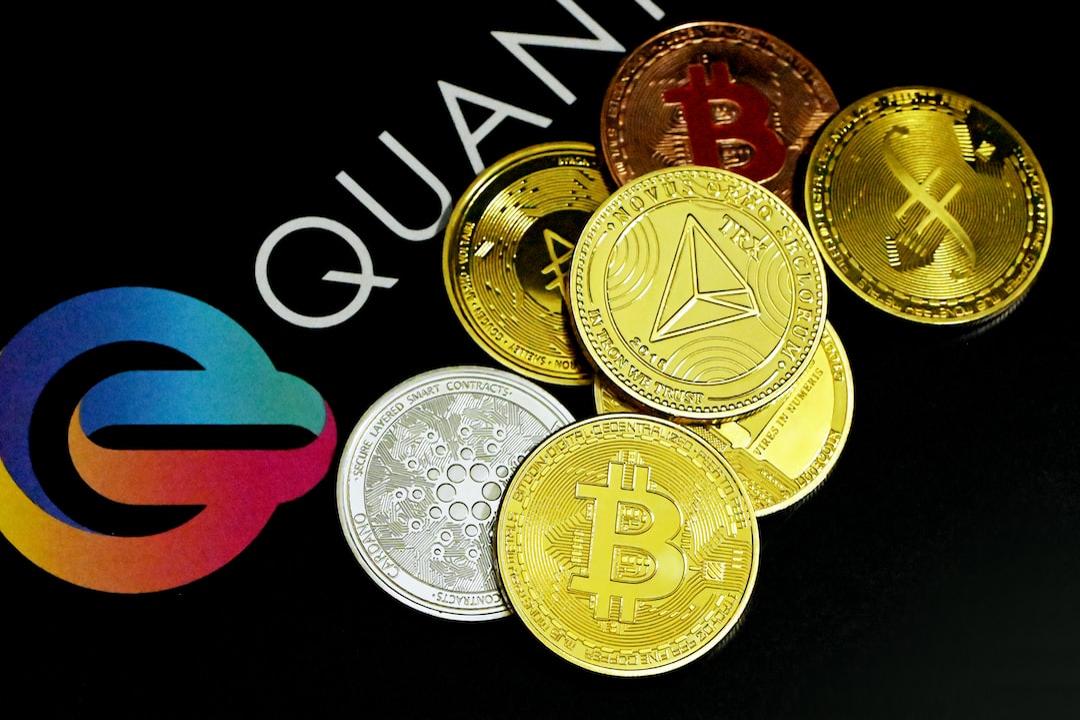What happened in the biggest cryptocurrency heist in history? Allinvain, while mining when the price of Bitcoin was below $0.05, had accumulated 25,000 BTC. This article takes you through the tragic story of Allinvain’s $160 million loss.
In 2010, Allinvain founded one of the first Bitcoin exchanges, Bitcoin Express. Bitcoin Express allowed users to purchase BTC using PayPal. Allinvain sold 1,000 BTC for $5, which means each BTC was valued at $0.005.

However, Allinvain was also a dedicated Bitcoin miner. He was able to mine 500 BTC per hour using just a laptop computer. That’s 1,200 BTC every day.

The mining situation when Bitcoin was valued at $10 is depicted in the following image. Allinvain could still use his home computer to generate BTC with a simple click of a button.

By 2011, mining difficulty had skyrocketed. The hash rate had reached 4 TH/s. In 2010, the hash rate was only 0.001% of this number, which means it had grown by 114,000%.
Allinvain said, “It was like everyone, their mom, dad, cousin, and everyone else started mining at that time.”

But the more Allinvain researched, the more amazed he became. Allinvain wanted to help Bitcoin and started advocating for the use of BTC to buy and sell real goods.

Allinvain quickly became a Bitcoin whale, owning over 25,000 BTC. In early 2011, Allinvain rejoiced as the price of Bitcoin surged to $30. It was the first Bitcoin bubble, and Allinvain had half a million dollars worth of “magic” currency.

June 13, 2011, marked the day of disaster. Allinvain noticed a transaction of 25,000 BTC in his wallet. In an instant, all of his BTC had been stolen.

Allinvain was devastated and fell into depression. All the work he had done for Bitcoin had gone to waste.

To make matters worse, this news spread worldwide. Forbes, The Atlantic, and American Public Radio all reported on it. They called it the first Bitcoin theft.

This massive theft sparked conspiracy theories. Some people said that Allinvain had orchestrated the whole thing. They accused him of spreading FUD.

What really happened? Allinvain admitted it was his own fault. “I trusted the security measures too much. I was so stupid.”

Allinvain had backed up his wallet to Dropbox, Wuala, and SpiderOak. When he discovered that Dropbox employees could remotely access files, he deleted them. But the root of the problem was that someone had hacked into his computer and stole the unencrypted wallet files.

Later, Allinvain discovered that it might have been a Trojan virus disguised as Bitcoin mining software.
He once again emphasized the importance of personal security when holding BTC.

But the hacker attack did not stop Allinvain from moving forward. He remained active in the Bitcoin space and started his own hosted mining business, making every effort to regain his wealth.

Allinvain’s biggest mistake was keeping the unencrypted keys on his own computer. The hacker’s actions serve as a warning to always keep private keys in a secure offline location. Even some of the most well-known companies in the Bitcoin space have suffered similar attacks.
To this day, Allinvain’s story continues to remind people of the importance of Bitcoin security.
This article is reproduced from a collaborative media source: PANews.

